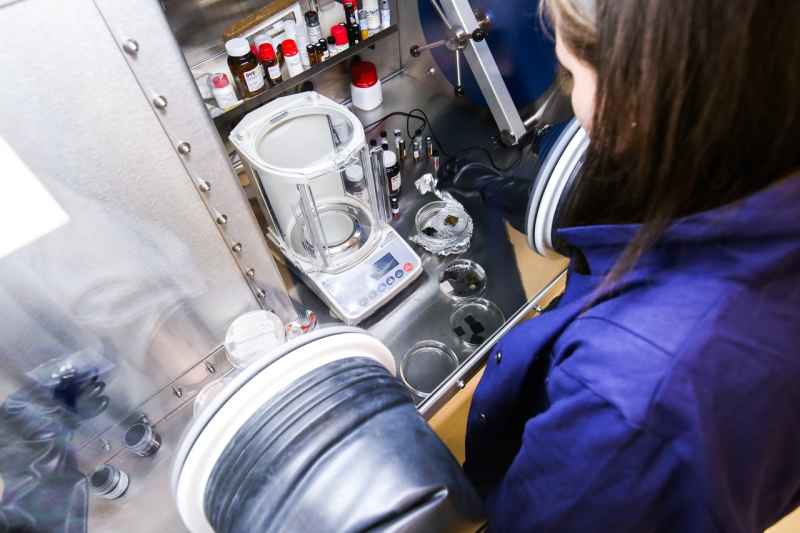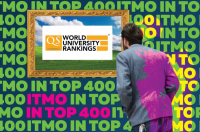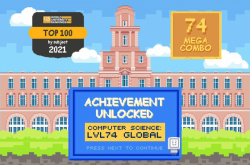This year, the ranking’s authors united the universities with similar amounts of points in groups, splitting the ranking into three: five universities with leading positions, four universities in the second group and 12 in the third.
Among the first group were ITMO University, Far Eastern Federal University, Moscow Institute of Physics and Technology, National University of Science and Technology MISiS and the Higher School of Economics. All of them, except for MISiS, have retained their positions since last year. The four universities named in the second group are First Moscow State Medical University, Peoples' Friendship University of Russia, St. Petersburg Polytechnic University and Ural Federal University.
The participant’s survey has changed this year. Now, it doesn't contain questions that don’t lie within the competence of press services, as well as the question of whether the university has an English website. What’s more, the points awarded for universities’ achievements changed, as well.
“These changes in methodology can be explained by an increase in the work standards of the 5-100 universities’ press services. If before, every publication of a science newsitem on a website got 1 point, now it's awarded for continuous work with scientific publications, which means having at least 12 publications a year. The same goes for the indicator for the number of exclusive science materials, except to a lesser degree. The maximum amount of points for it has decreased from 12 to 4 points,” comments Alena Gupaisova, the vice head of ITMO’s Strategic Communications Department.

The key indicators that have been assessed by Indicator this year is the number of exclusive science materials; the presence of a system that scientists can use to publish their news; translations of news to English; a diversity of formats; the number of science news published on EurekAlert, PhysOrg, and AlphaGalileo; the number of press releases for the media; social media presence, and so on.
The increase in the universities’ activity in the development of their social media presence is particularly noteworthy. The median number of subscribers for university social media has increased: in VK, from 22,160 in 2018 to 27,575 in 2019; in Instagram, from 8,152 in 2018 to 10,400 in 2019, and on YouTube, from 2,083 in 2018 to 3,740 in 2019. As for a Telegram channel, about half of the universities don’t have one.
The universities that were said to hold leading positions in the reprinting of Russian science news are ITMO University, National University of Science and Technology MISiS, Moscow Institute of Physics and Technology and the Higher School of Economics. In what has to do with materials in English, it was National University of Science and Technology MISiS who secured the top position, followed by ITMO, the Higher School of Economics, and Moscow Institute of Physics and Technology.
What’s more, ITMO University has shown the widest geography of publications, having shared the top position in the promotion of popular science materials with National University of Science and Technology MISiS.
You can read more about the ranking’s results here (in Russian).





